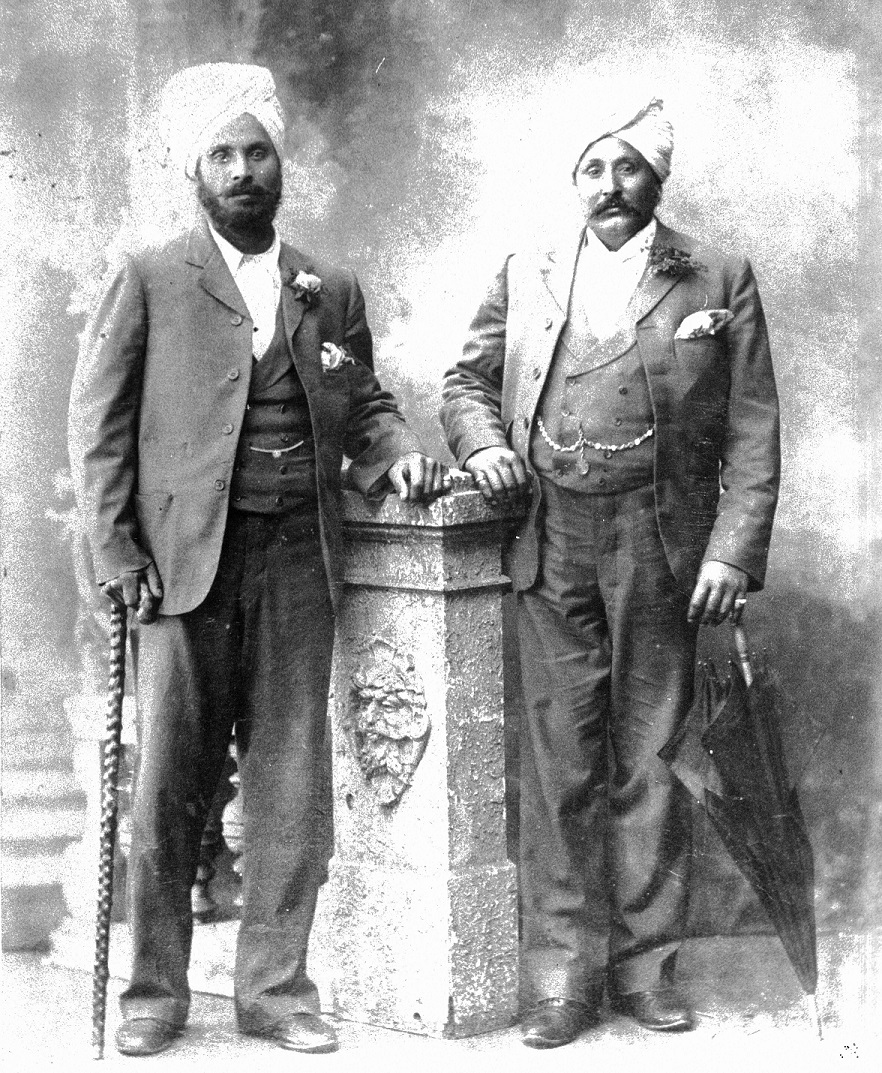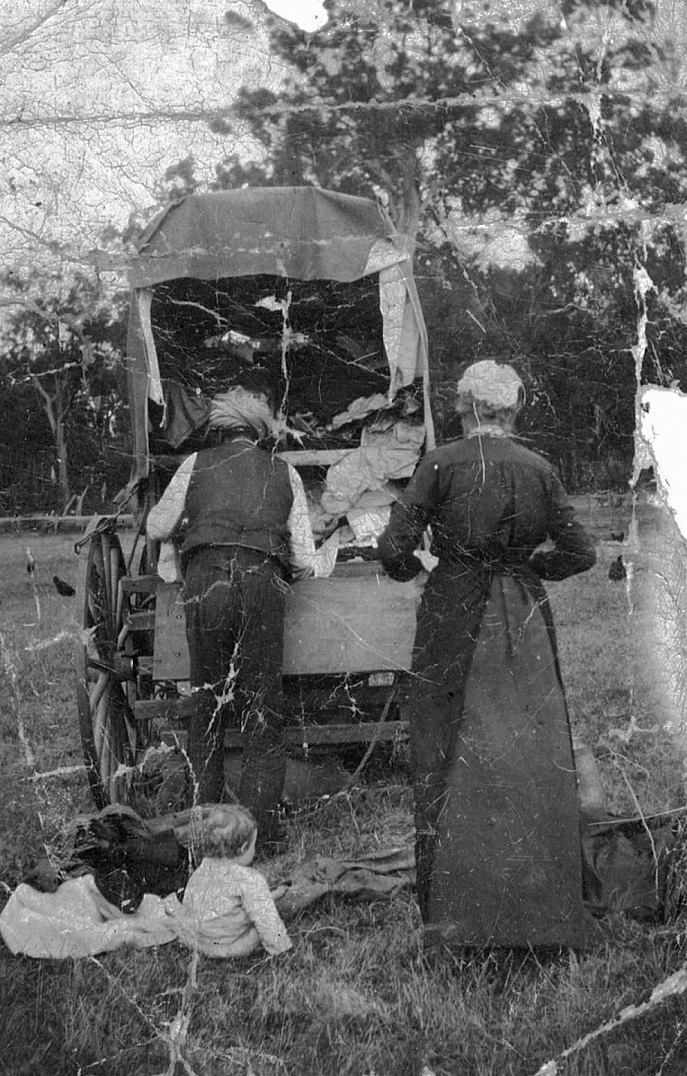Nehal Singh, Herman Singh and Sundah Singh
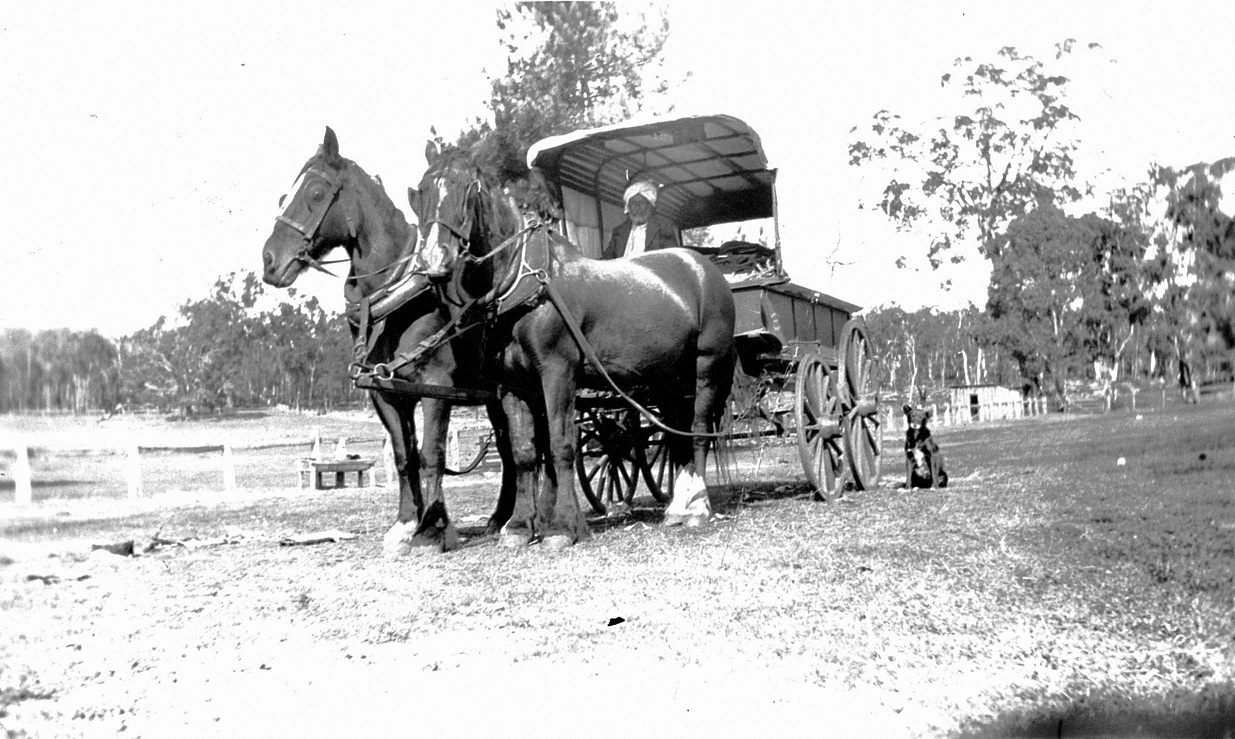
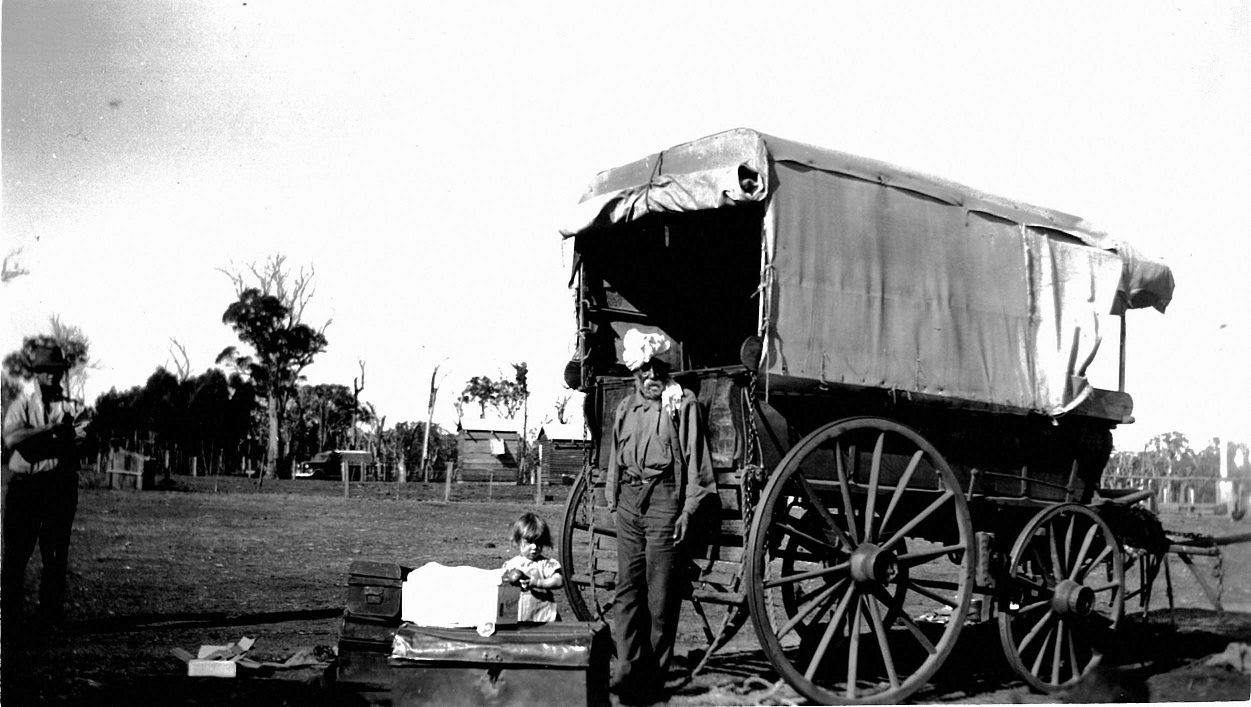
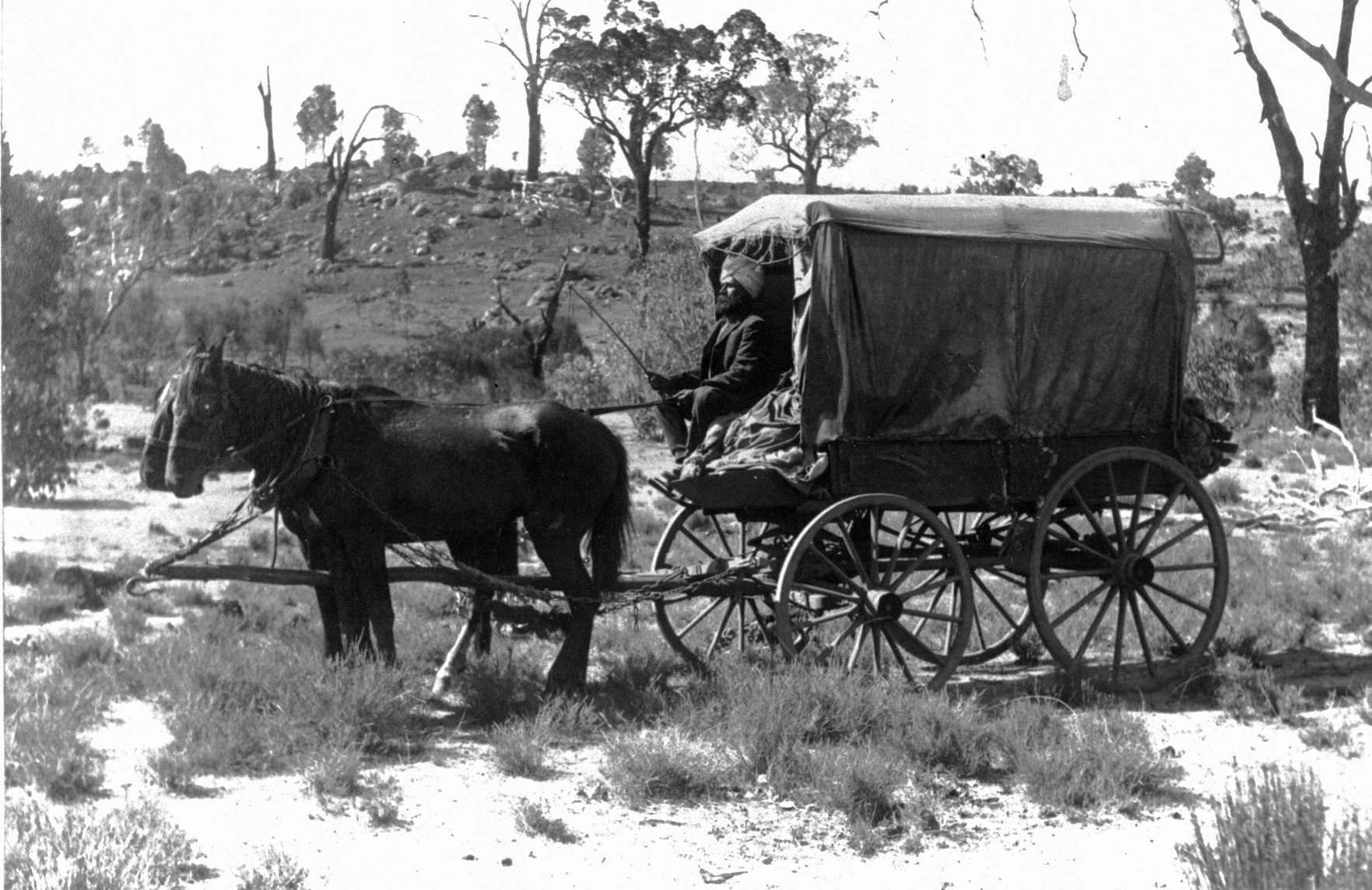
In our preliminary research on the early Sikhs of WA, we visited the State Library of Western Australia to see if any tangible evidence existed of Sikhs in early Western Australia. This photo represents the first photo that came into our collection and drove us to move forward even more eagerly. The only piece of information we knew at that time was that this picture of Nehal Singh (sometime spelled as Nahel Singh, Nahal Singh, Nihal Singh) was dated circa 1900. For nearly a year that was all we had to go on.
As our research skills grew, we came across a book titled “Settler Footprints from Star: Muir Family – Pioneers of the South West and Eucla, Western Australia 1844-2005” written by Alison Muir. This book not only contained the best summary of Nehal Singh and his brothers but also contained some very rare images!
Members of the Australian Sikh Heritage Association (ASHA) and Sikh community were lucky enough to to be provided the opportunity to meet Alison and her husband Jim Muir on 31 May 2014. A renewed relationship between the Sikhs and the Muir family was forged with many stories shared. Please see the gallery at the bottom of this page for some pictures of the roadtrip.
We will be updating this webpage soon to reflect the new information gained from the discussions with the Muir family.
For the moment please enjoy the information and images regarding Nehal, Herman and Sundah Singh in the extract below taken from Alison Muir’s book. Images and information has been shared with the kind permission of Alison Muir and family.
Long before there were shops in Manjimup, two Indian hawkers travelled throughout the lower south west area in a horse drawn wagon, providing a very welcome service for the settlers. The wagon was well stocked with blankets, dress lengths, cottons, ribbons, shoelaces, wool, needles, socks, trousers, tea, matches, soaps, pocket knives, working boots, slippers and many more items. Herman and Nehal Singh were always warmly welcomed on the farms because of the wares they sold, the skins they bought and because of their kindly nature. Their supplies came from a shop in Cranbrook owned by their brother Sundah Singh. Many adults today delight in telling of how, as children, they ran to welcome the hawker’s wagon filled with treasures, and how the Sikh shared with them their bannocks or johnny cakes and sometimes their lentil curry. For the most part, Herman and Nehal liked to cook their own meals as they ate no meat or animal fats. They cooked over an open fire chanting as they cooked.
The Singh horses were noted for being frisky and for getting out of hand when going downhill. In 1895 [see date correction below], while negotiating a steep hill between Blechynden and DEESIDE Muir properties east of Manjimup, the three horses bolted with the wagon. Herman, who was on the wagon was thrown against a tree and killed instantly. Nehal, who was walking at the time, rushed to the scene to find the wagon overturned, its contents scattered in the Wilgarrup river-bed and his brother and one horse dead. He ran the 16 kilometres to DEESIDE with the sad news. Andrew, then 19, was sent on horseback to the Balburrup post office, 40 kilometres away.
From there, word was sent to the police station in Bridgetown and the officer in charge relayed instructions that the body should be removed to DEESIDE and that he would arrive the following day.
The death was declared accidental and permission given for a cremation in accordance with Nehal’s wishes. This was undoubtedly the first cremation in the Warren district. The spot at DEESIDE is still marked by a white painted wooden fence. Nehal kept a silent vigil by the pyre after other mourners left; then he searched the ashes for a particular set of knuckle bones which he later took home to India to be scattered in the river Ganges.
After some years, Nehal returned to Western Australia to revive the trading round. By then, towns had sprung up and with the necessity for coupons when war came, he discontinued trading. He was always made welcome on farms and at times worked on them.
Recently we received the following highlight on Nehal’s later life from Terry Armstrong, a former Cranbrook resident.
“We lived opposite Nehal in Cranbrook when he was an old man. He had the use of an old corrugated iron humpy with an earth floor and a bit of a back verandah to lean to, an inside open fireplace and very smoke blackened walls. He sometimes gave my mother some white rice which was a treat to us children due to rationing during and just after the war. He received a large bag of rice for his ration.
He used to chant his prayers very loudly morning and evening, used a stick and was bent over as he suffered from arthritis. He always had a strong smell of lineament about him, he always wore his turban and had a very whispy knotted beard.
I still have a very clear memory of Nehal standing at the side of the road waiting for the bus to take him to Perth. He said he was going to India to die. He was wearing a clean turban and had a small suitcase. It was sometime after we heard he had passed away; presumably he reached India. This was somewhere around 1945.”
From discussions with a retired farmer from the Cranbrook area who now lives in Perth, we understand that Nehal Singh may not have gone to India straight away. From the information provided, it appears that Nehal Singh may have actually missed his ship to India and as a result had to spend some time in Perth.
We have also acquired some additional information on Sundah Singh and his store in Cranbook which we hope to share with you soon.
As mentioned above please find below pictures from the recent roadtrip to Manjimup to visit Jim and Alison Muir.
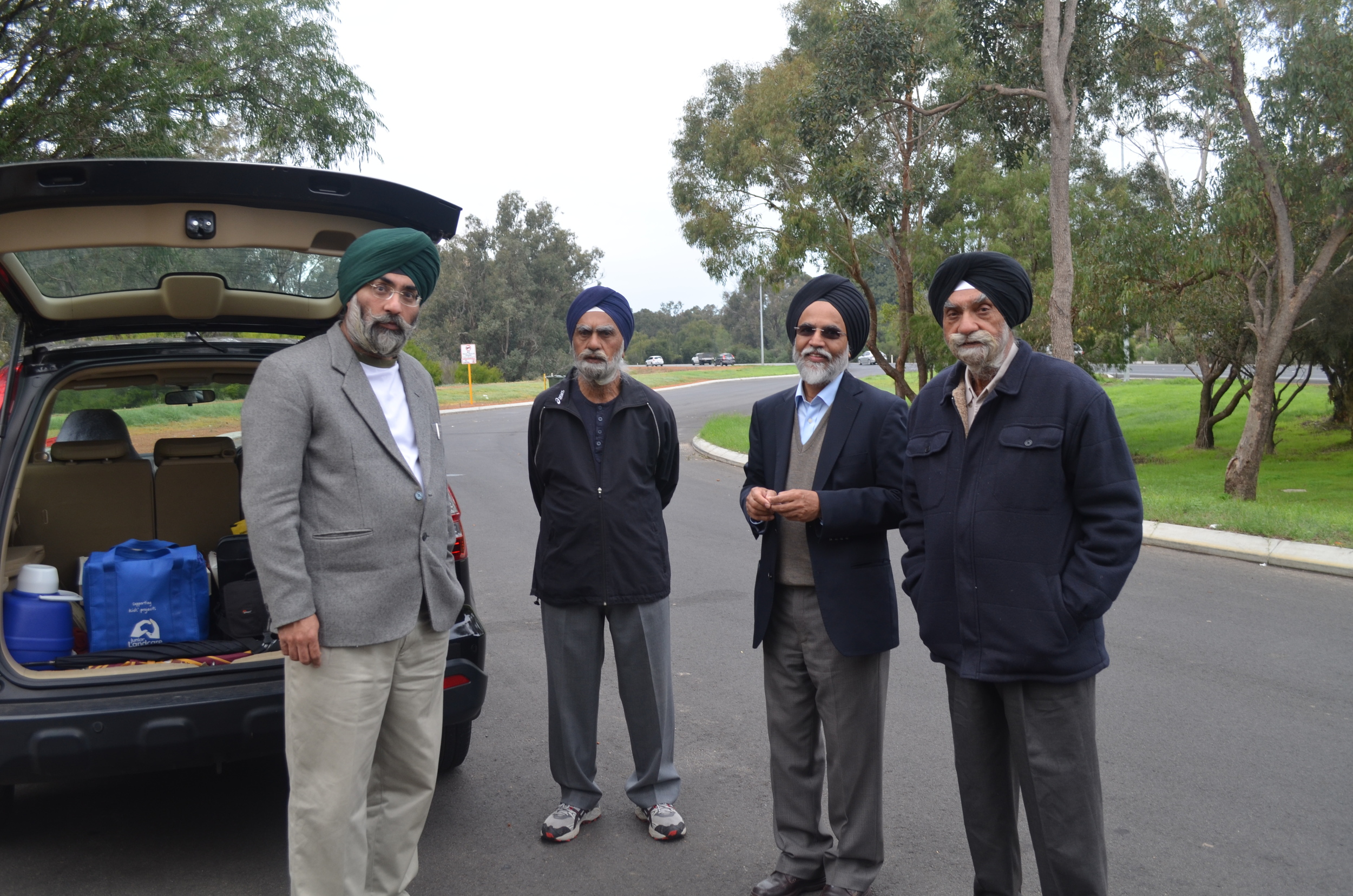
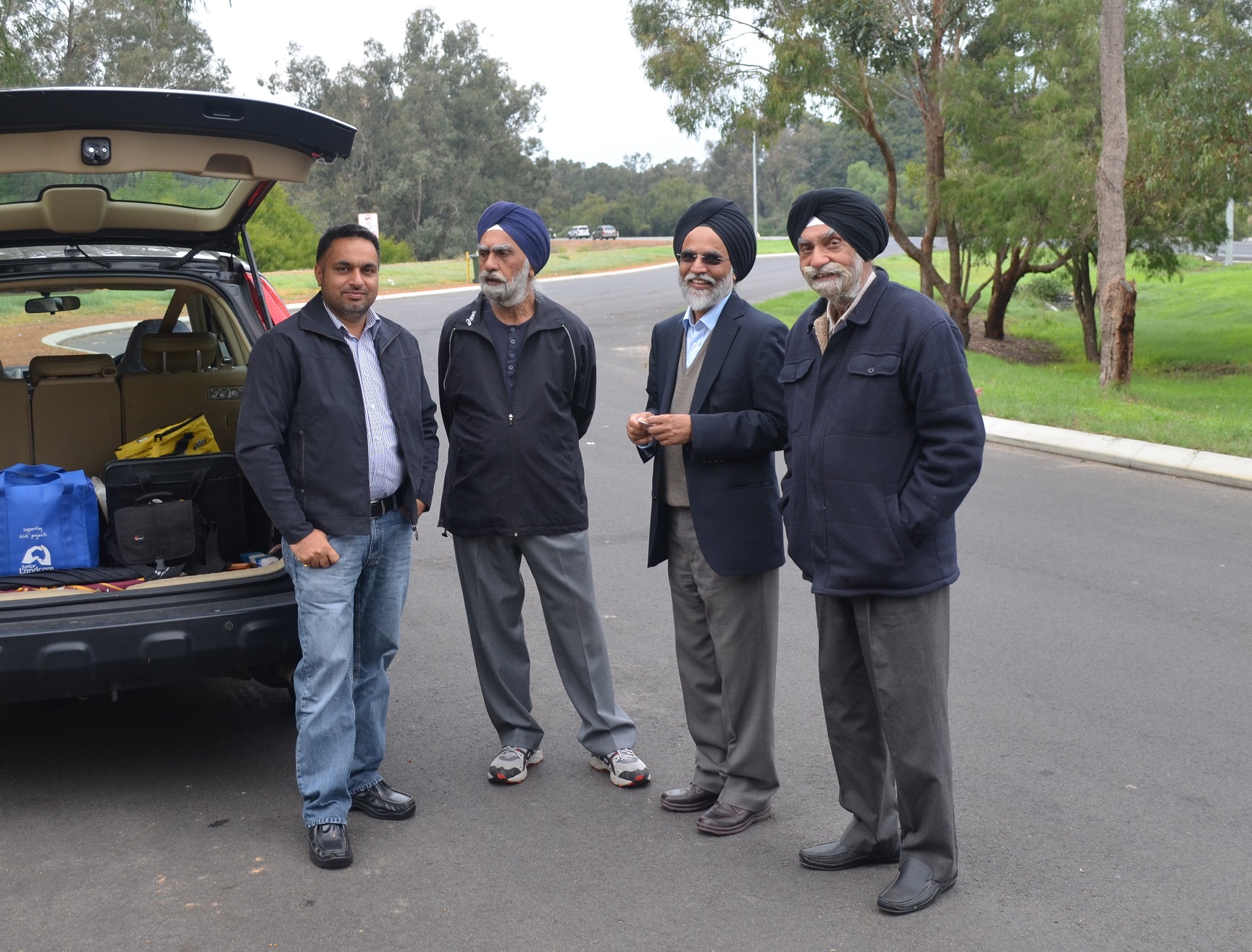
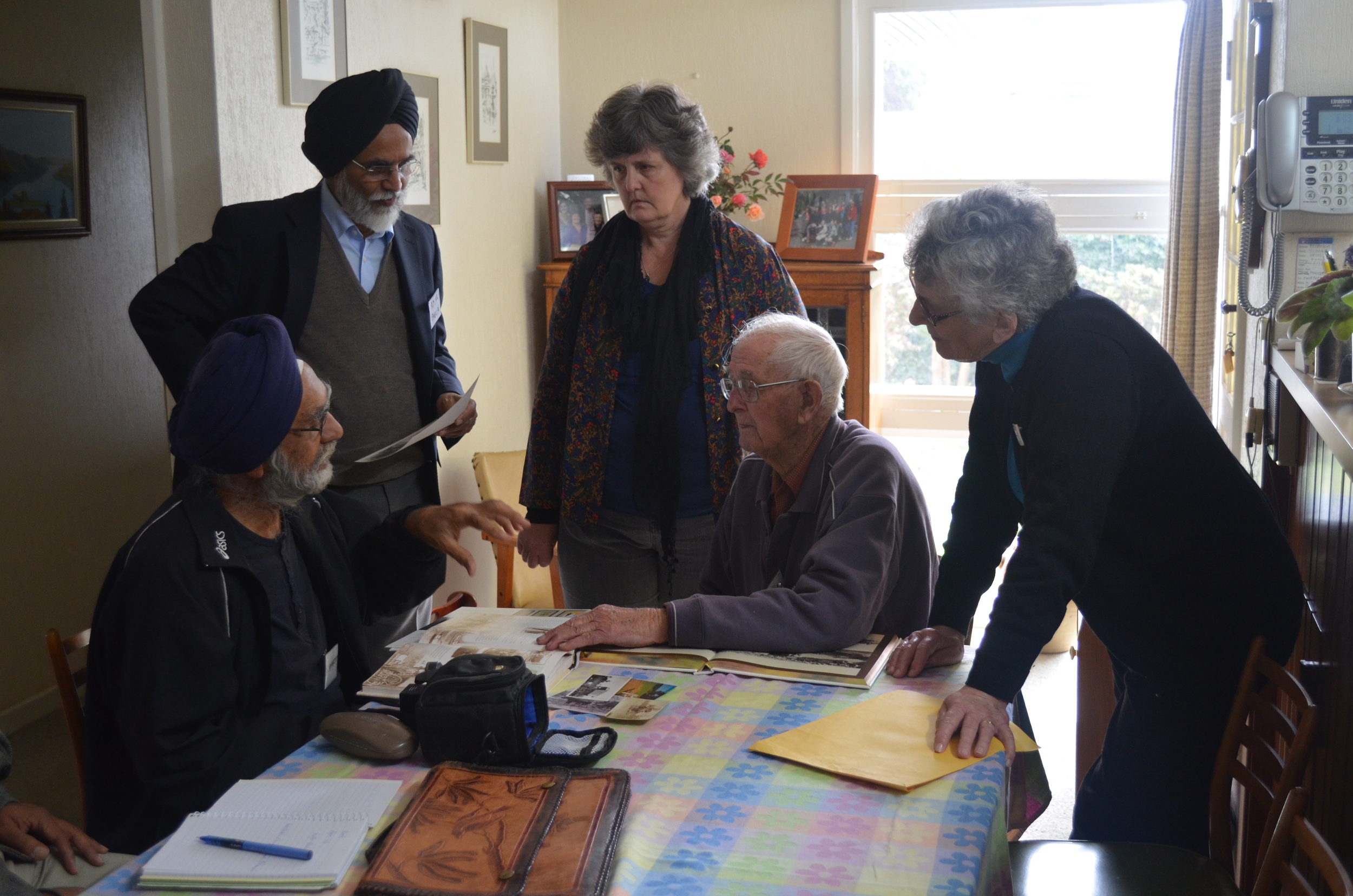
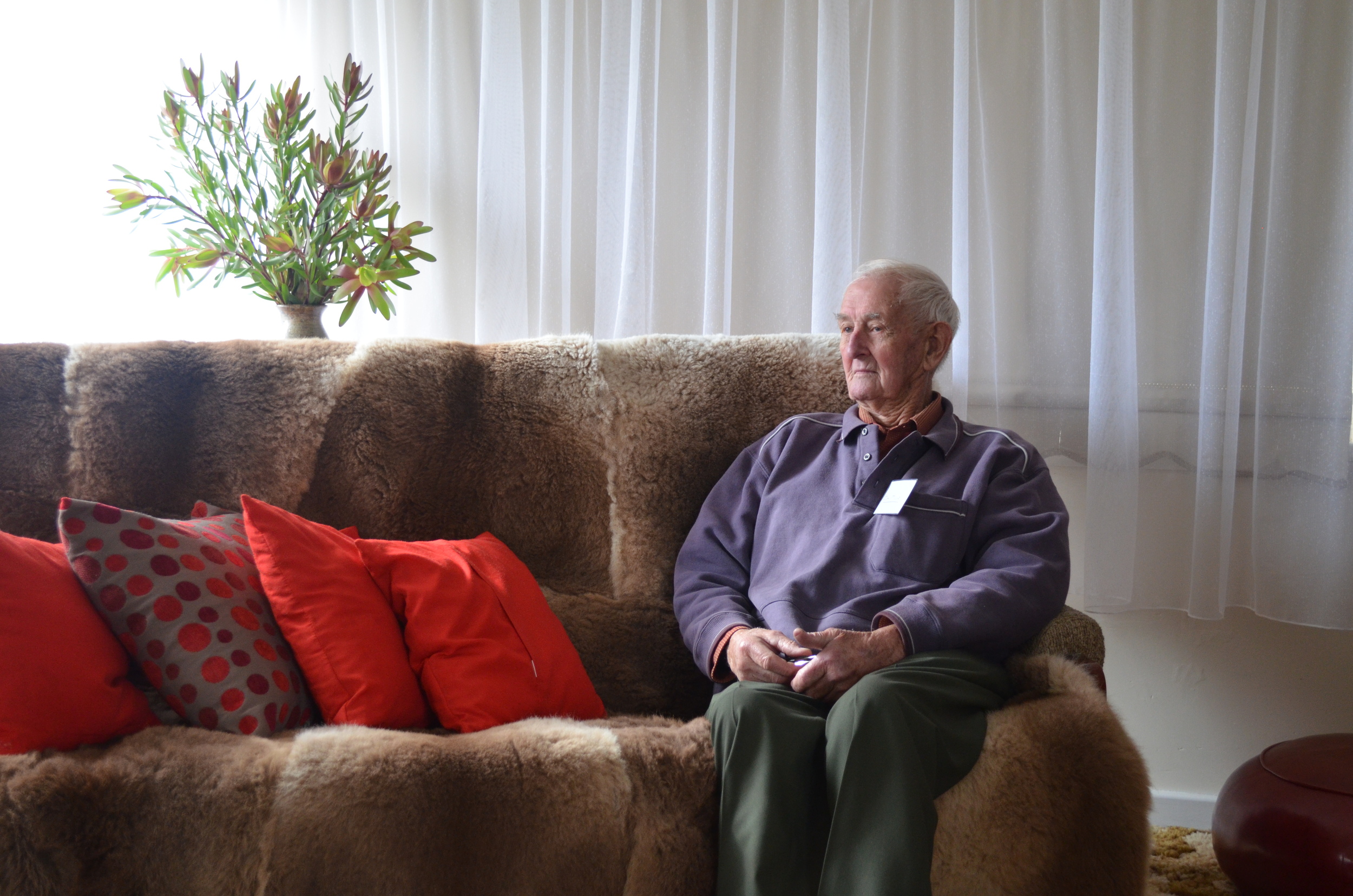
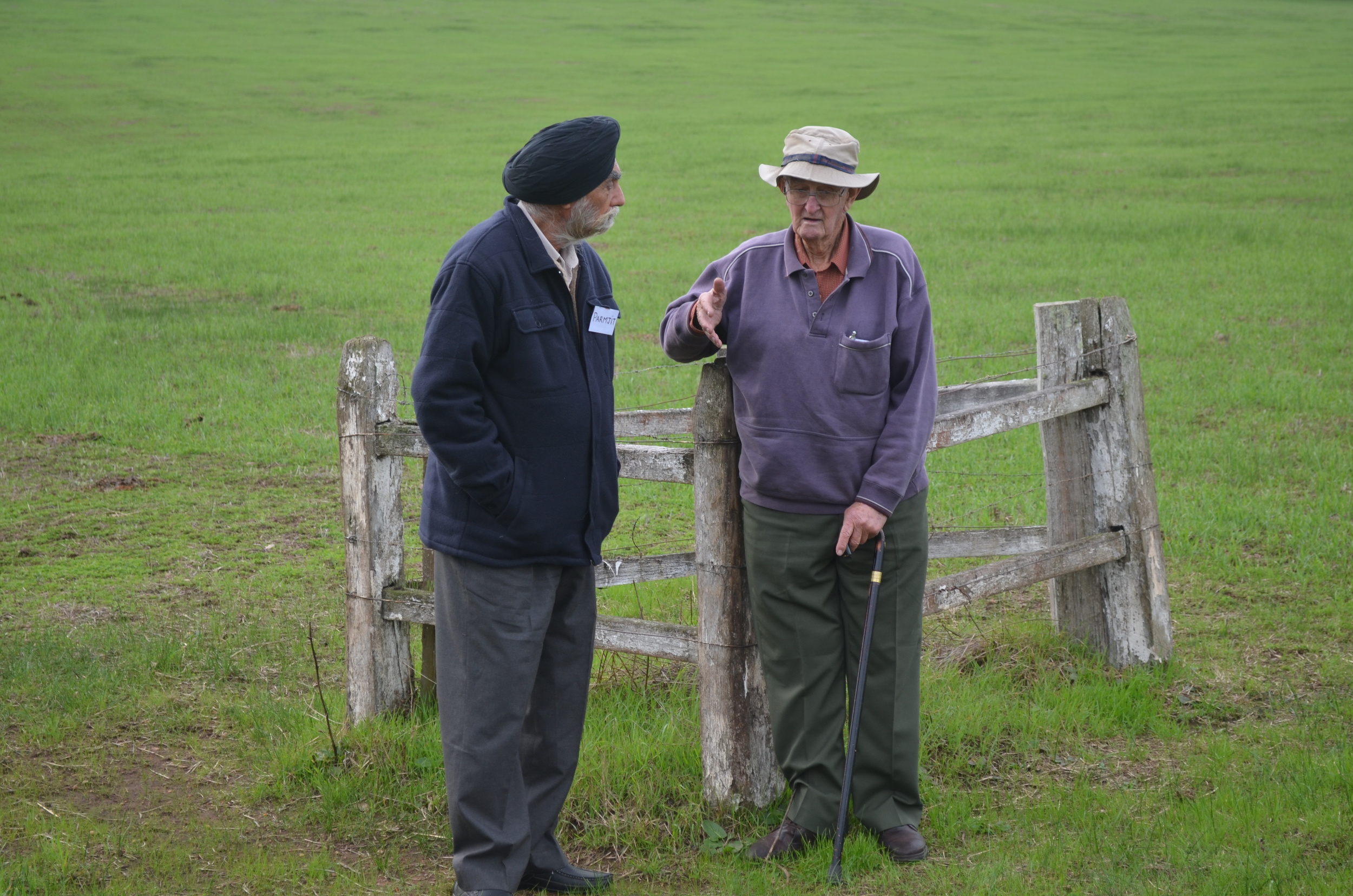
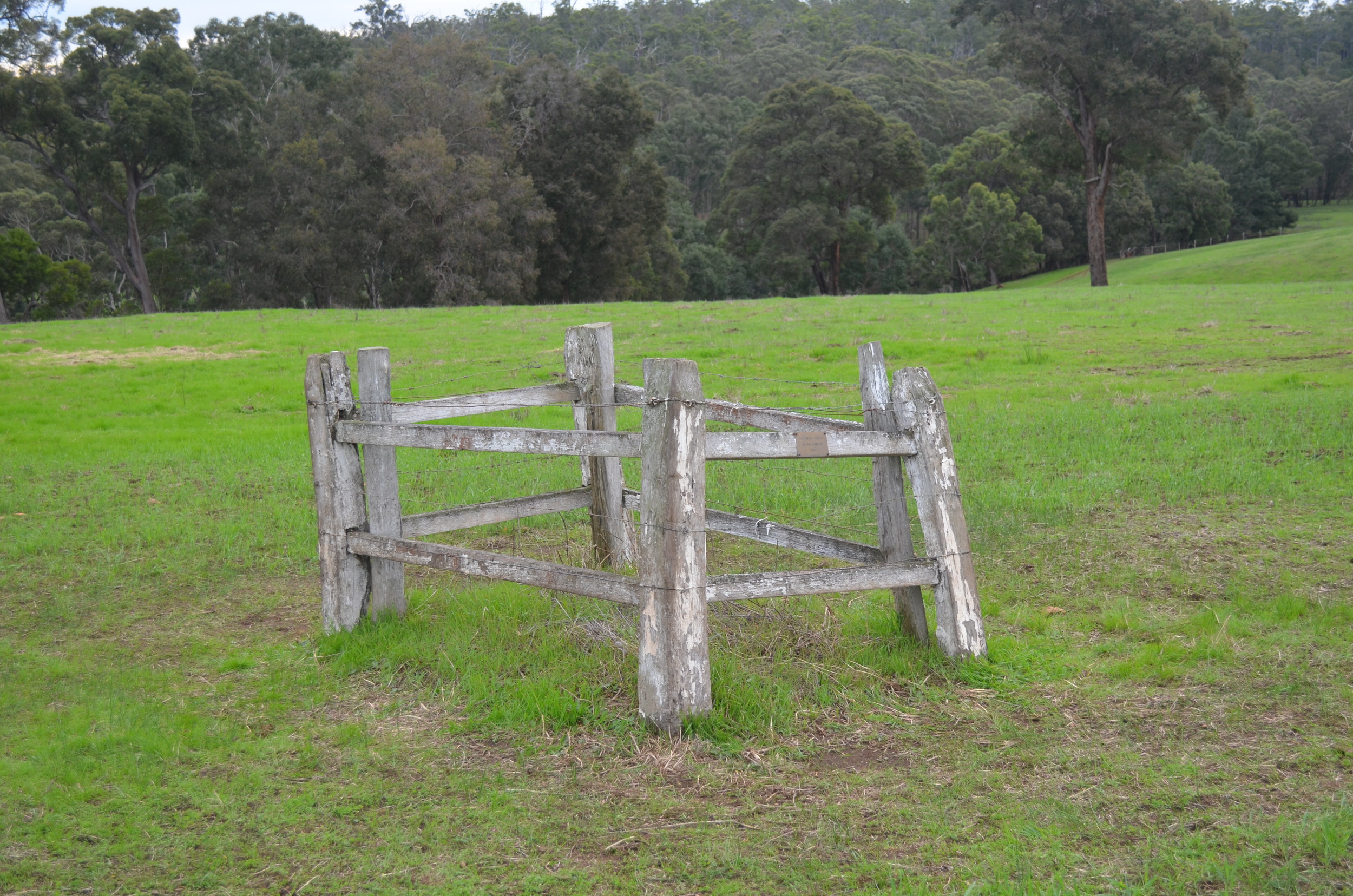
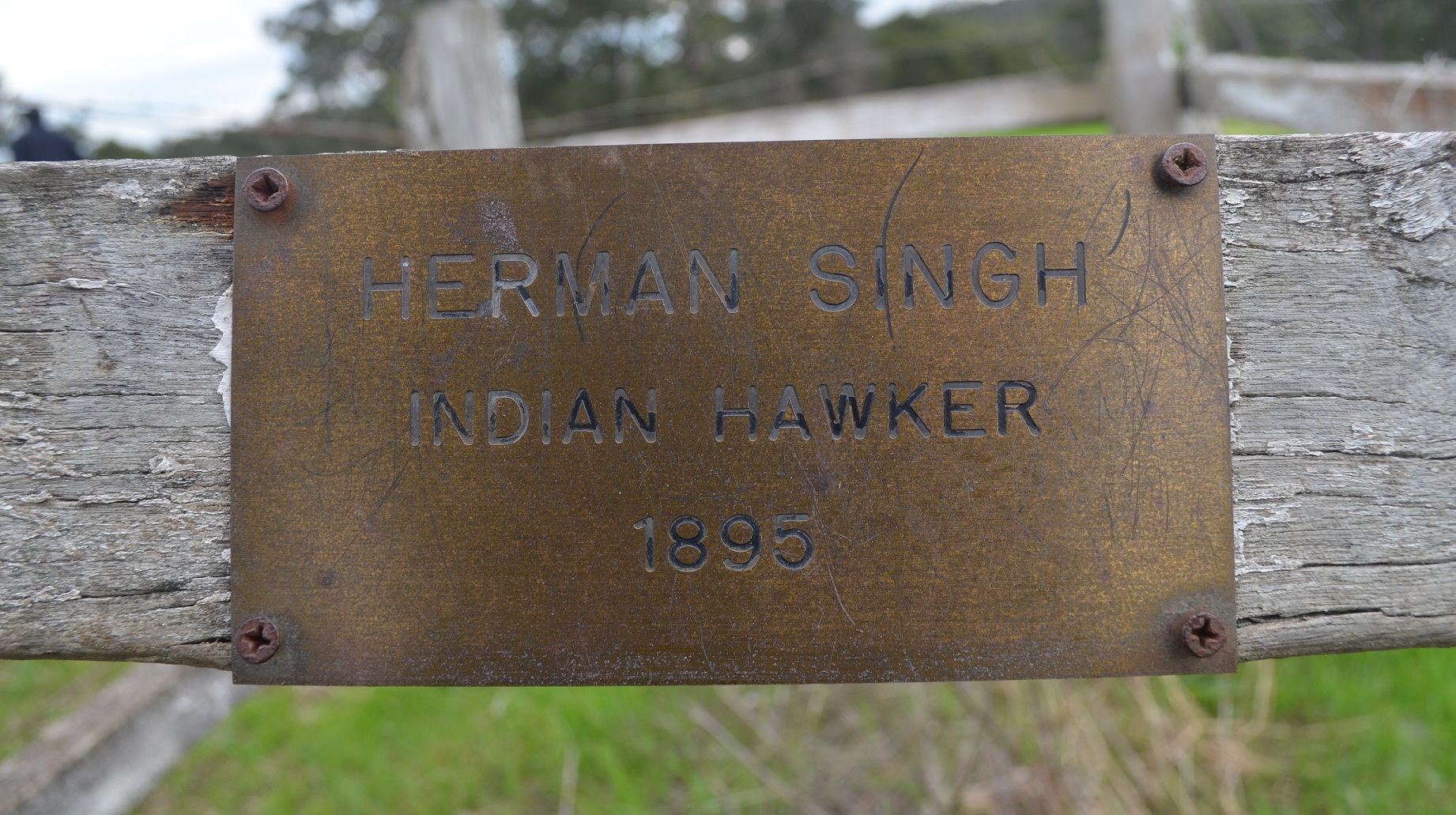
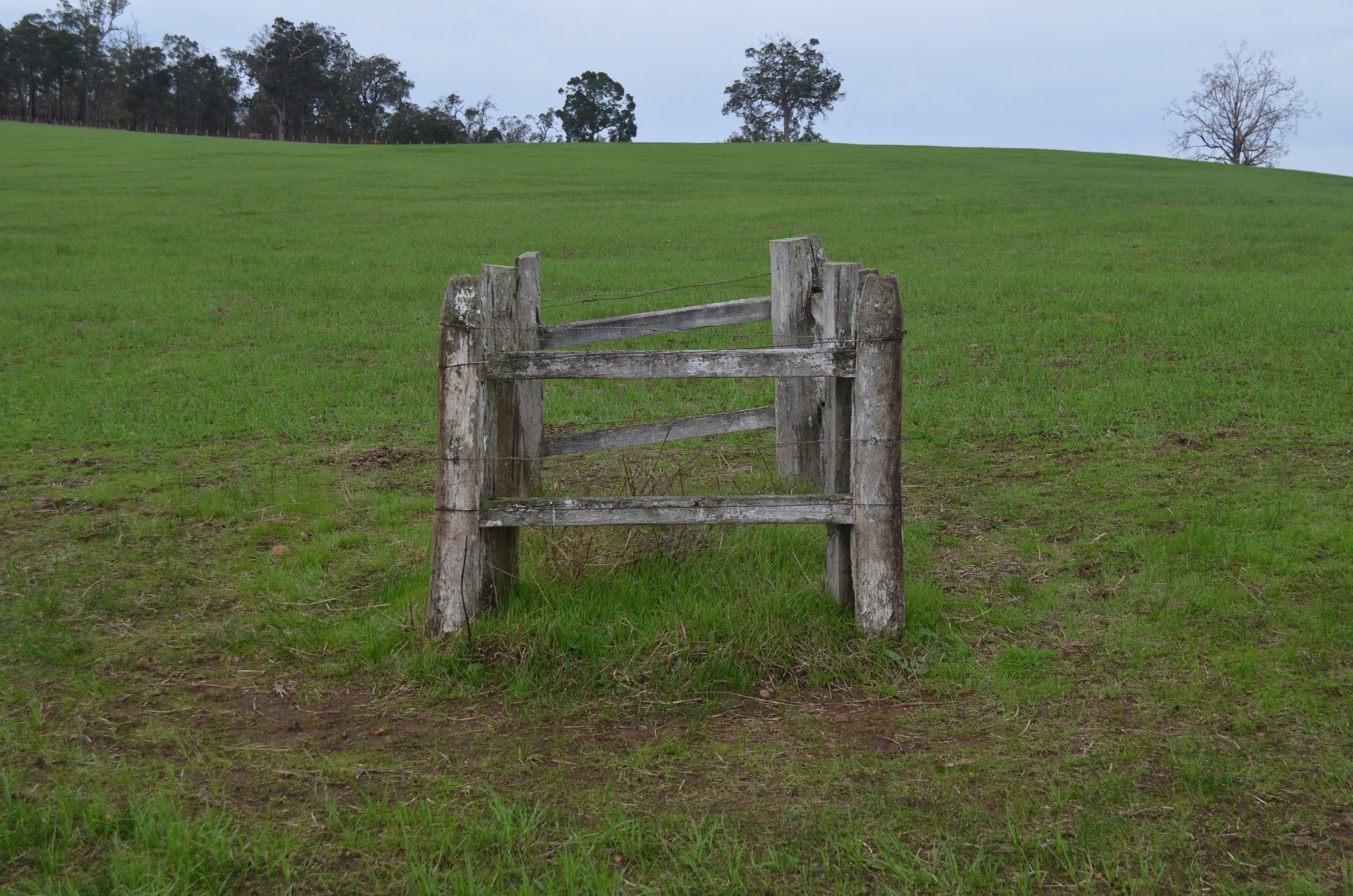
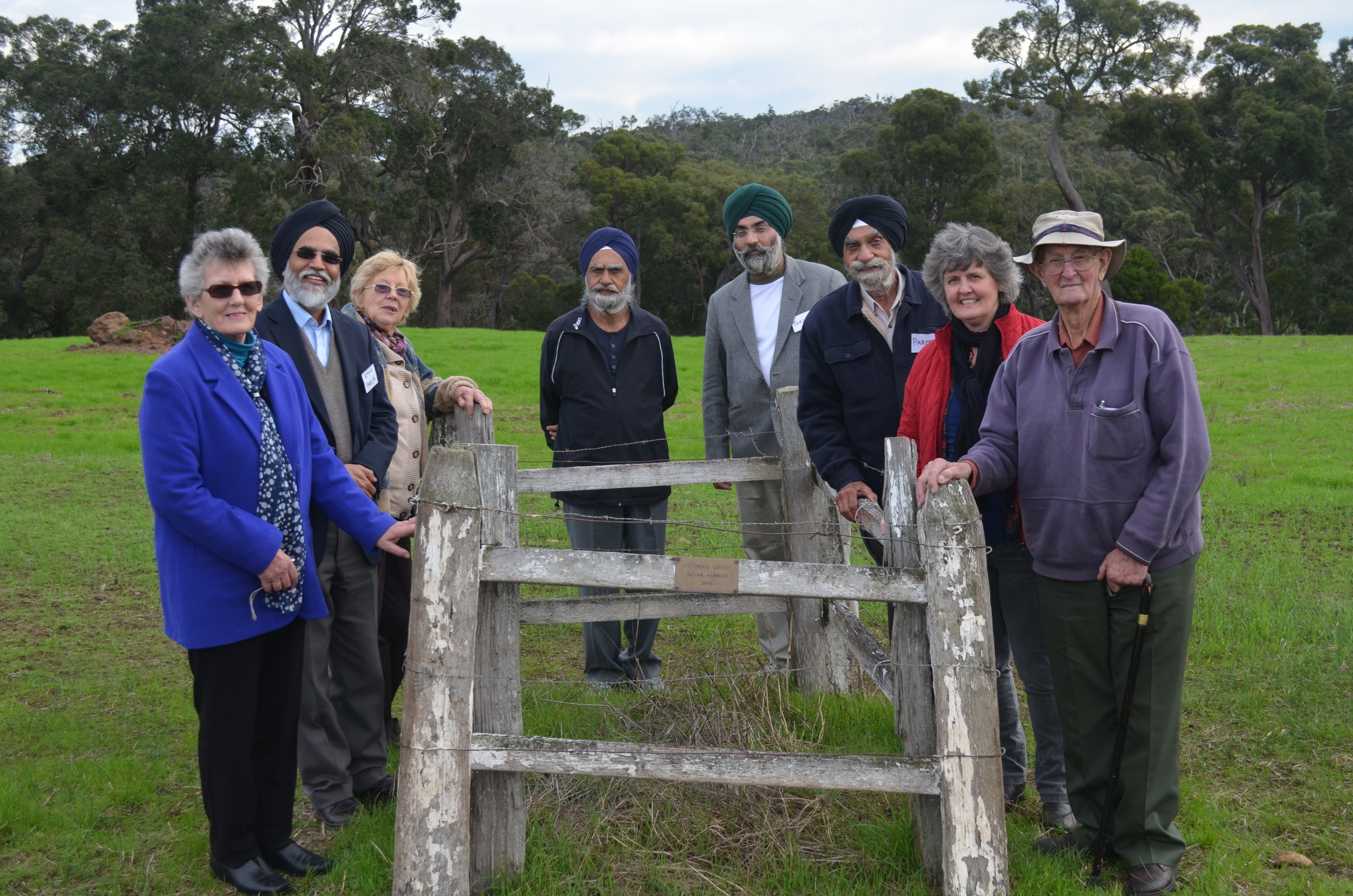
We note that the above account may have a factual inaccuracy. Herman Singh's died on 6 March 1901 not in 1895. Please see the newspaper article shown below.
Updated on September 2014

